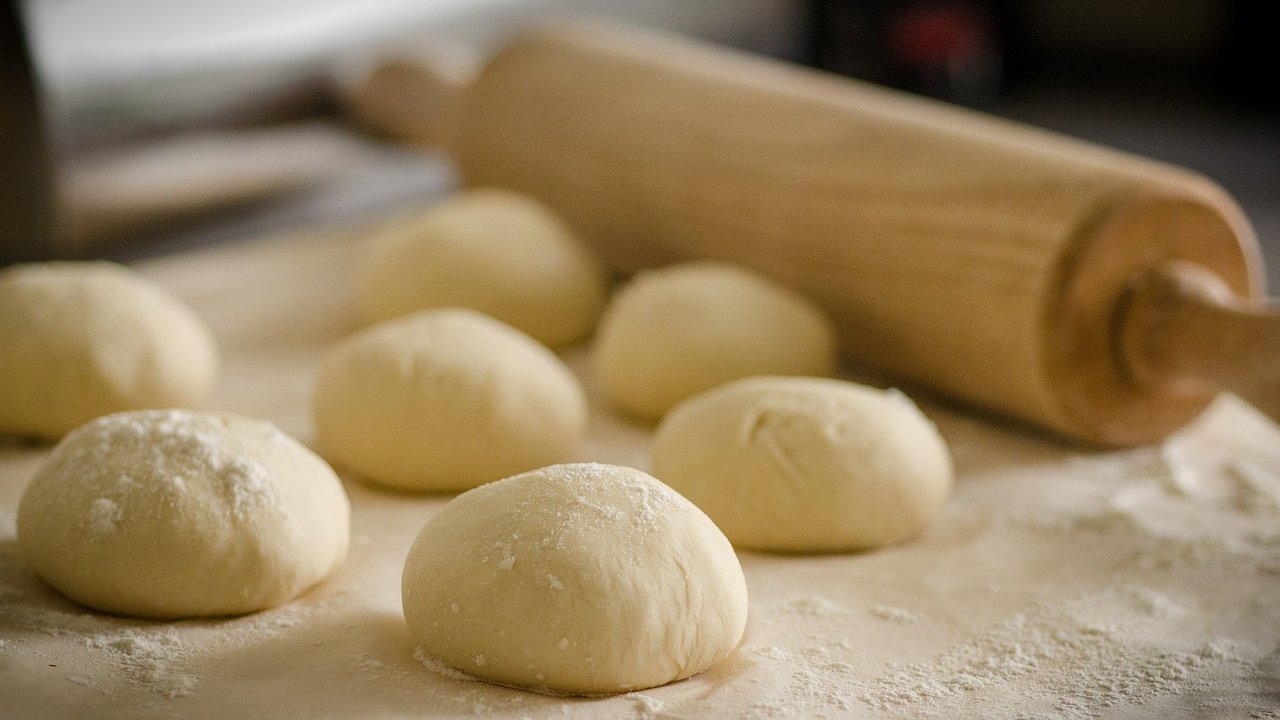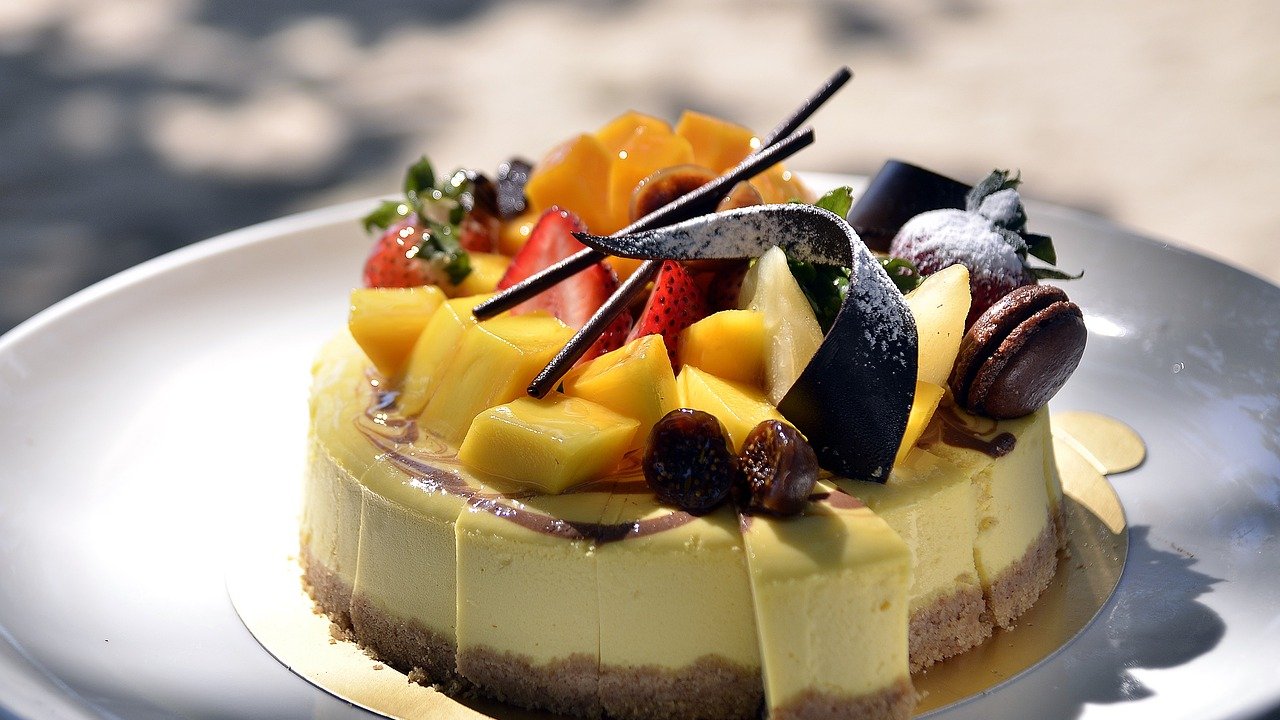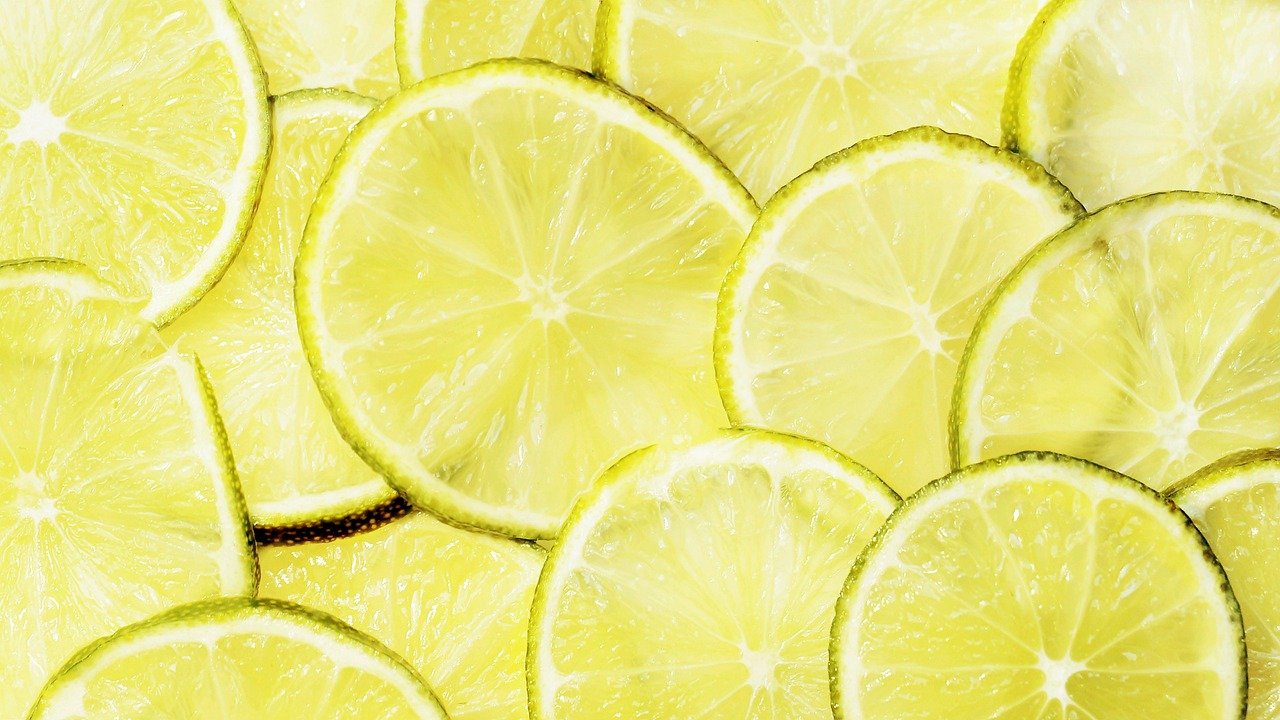
Baking at high altitudes can be a challenging task for even the most seasoned bakers. The air pressure is lower, causing the gases produced by leavening agents to expand more quickly. This can result in cakes that rise rapidly and then collapse, cookies that spread out too much, or bread that doesn't rise enough. It's frustrating, but don't worry, with a few adjustments, you can achieve great results.
Understanding the effects of altitude on baking
Before we delve into the adjustments you need to make, it's important to understand why altitude affects baking. The key points are:
- The air pressure decreases as the altitude increases. This causes leavening agents like yeast, baking powder, and baking soda to react faster, leading to an 'overrise' and then fall in baked goods.
- The lower air pressure also makes the boiling point of water lower, meaning liquids evaporate more quickly. This can lead to dry and crumbly baked goods.
- Finally, the rate of rising and setting of the baked goods is affected. They tend to set slower due to lower temperatures and rise quicker due to gas expansion.
Tips for successful high altitude baking
Here are some general tips to help you adjust your baking recipes for high altitudes:
- Reduce the amount of leavening agent: Since leavening agents work faster at high altitudes, you'll need to decrease the amount you use. A general rule is to decrease by about 1/8 to 1/4 for every 1,000 feet above 3,500 feet.
- Increase the amount of liquid: To counteract the quicker evaporation of liquids, consider adding more liquid to your recipes. This could be water, milk, or even eggs.
- Increase the oven temperature: A higher oven temperature can help set the structure of baked goods before they have a chance to over-expand and collapse.
High altitude baking adjustments table
Here's a helpful table with some general adjustments you might need to make for baking at different altitudes:
Remember, these are just guidelines. Every recipe is different, and you'll likely need to do a bit of trial and error to find what works best.
Final thoughts
High altitude baking can be a bit of a science experiment, but with some patience and a good understanding of how altitude affects your baking, it's entirely possible to create delicious baked goods no matter the elevation.











